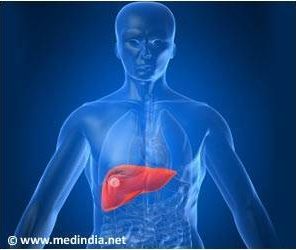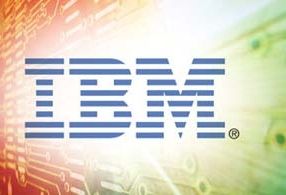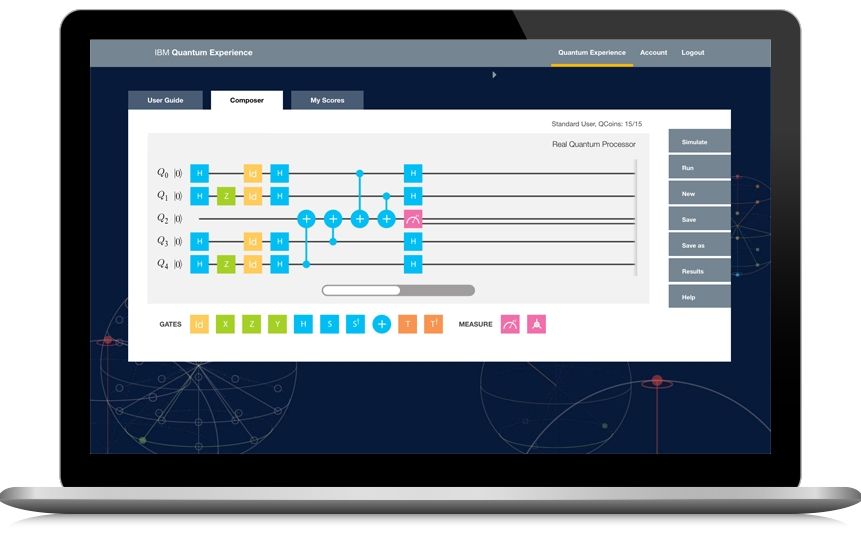May 7, 2016
New study looks into the everyday miracle that is water
Posted by Karen Hurst in category: quantum physics
Whatever the truth about claims that cloud-seeding was responsible for the floods in March, one thing is certain – during the downpours, thousands of people in the UAE were exposed to a bizarre quantum substance at the focus of intense scientific research.
Colourless and odourless, its behaviour is unlike that of any other known compound. While most shrink when they freeze, this stuff expands. It’s very hard to be heated up but once turned into liquid, it’s extremely resistant to pressure.
Exposure to it in any form can be fatal. Its liquid form is responsible for dozens of deaths each year in the UAE.
Continue reading “New study looks into the everyday miracle that is water” »

















